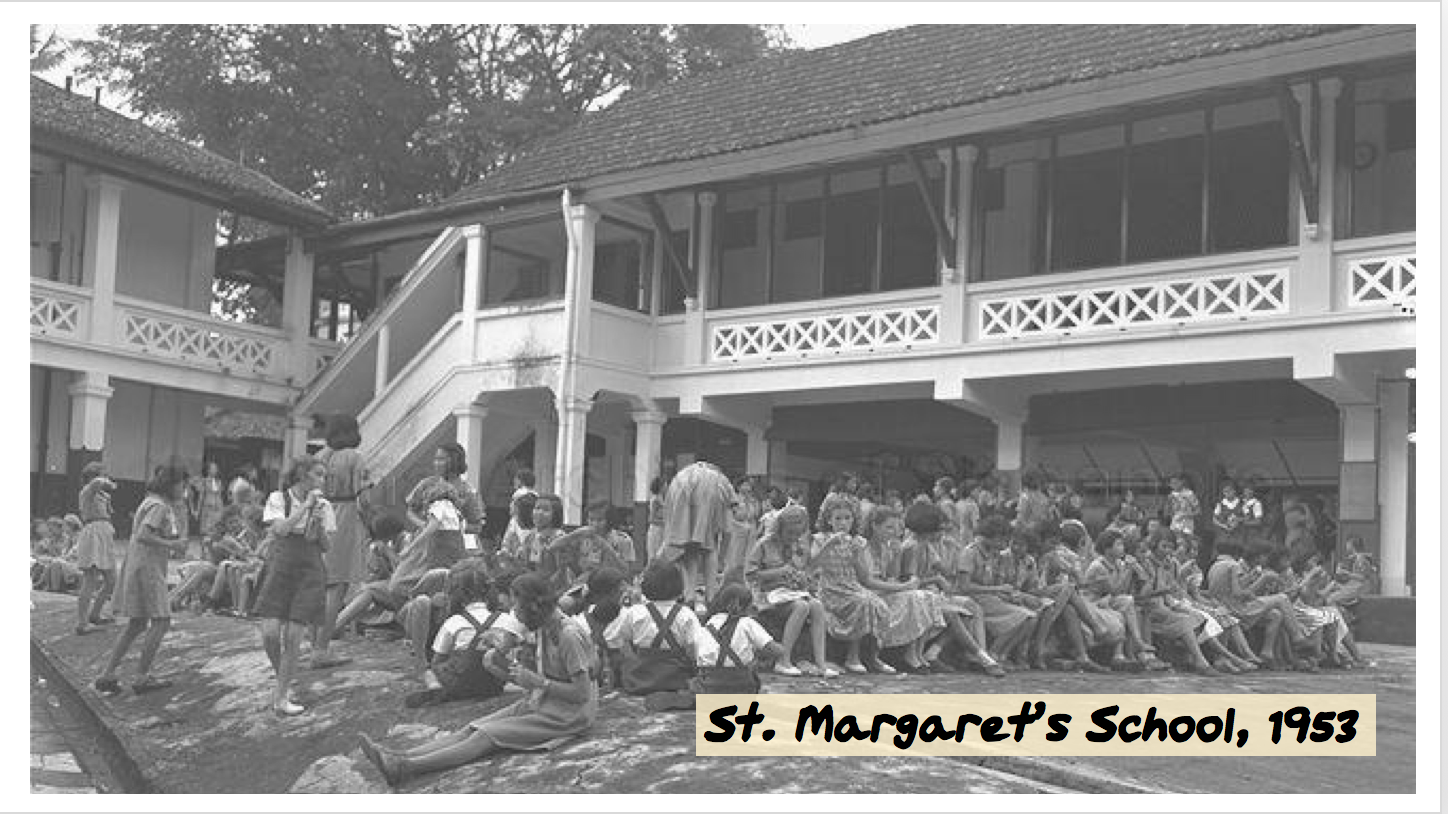St. Margaret's School was the first girls' school in Singapore, and possibly in Southeast Asia.
It was set up by Maria Dyer, a British Protestant missionary, in 1842 to help homeless and underprivileged girls.
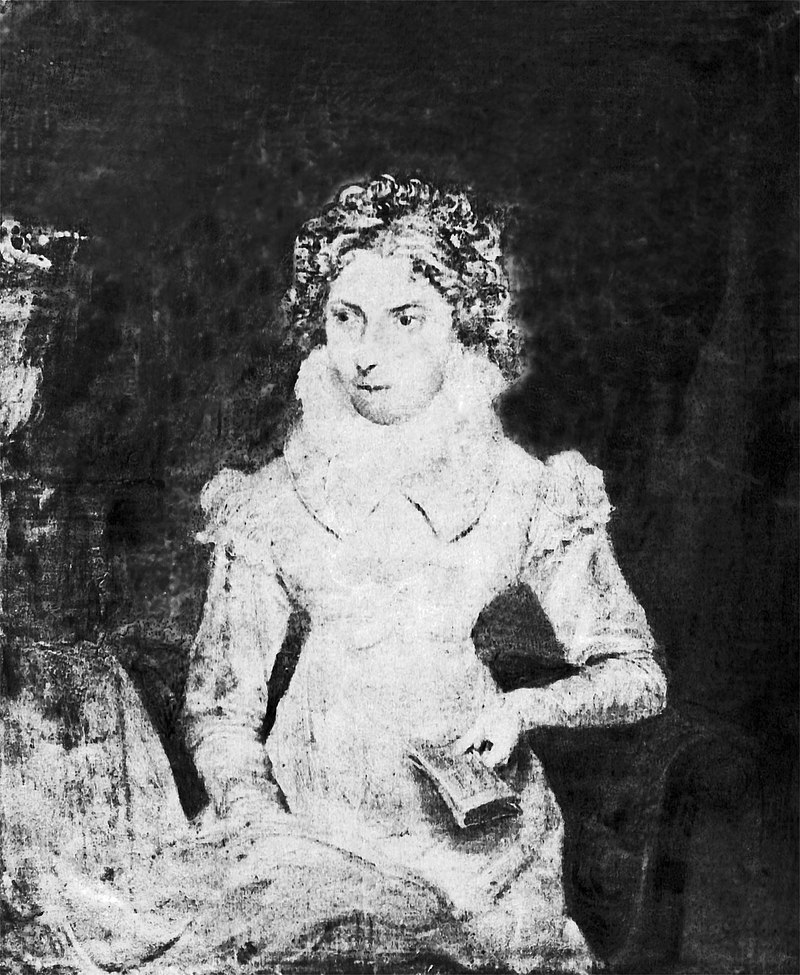 Photo from Wikipedia
Photo from Wikipedia
"Mui tsai" slaves
Back in mid-1800s, Maria Dyer was transiting in Singapore on her way to do missionary work in China, when she observed a group of young girls here being auctioned off to serve in rich households.
These girls were called Mui tsai.
"Mui tsai" means "little sister" in Cantonese, and refers to young Chinese girls serving as domestic servants. They are typically from poor families and sold at a young age on the condition that they are freed if they got married.
In consideration of abject poverty, it was a commonly accepted practice to sell unwanted girls in those days. In fact, it was also seen as charitable since the young girls would be better provided for in these rich families.
Setting up a school for the girls
Dyer was horrified by her observations and resolved to take action and help these girls.
She obtained permission to house homeless girls and began educating them out of a shophouse in North Bridge Road.
The school took in all needy girls regardless of race, and taught them English, the Christian faith and home economics.
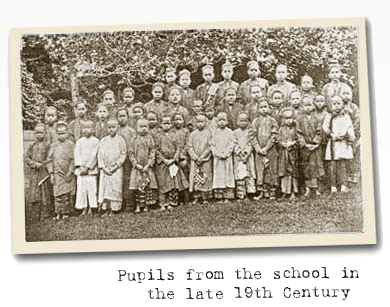 Image via St. Margaret's Secondary School
Image via St. Margaret's Secondary School
[related_story]
Evolution of St. Margaret's
Being the only girls’ school for many years, the school grew exponentially and eventually moved to 134 Sophia Road in 1861.
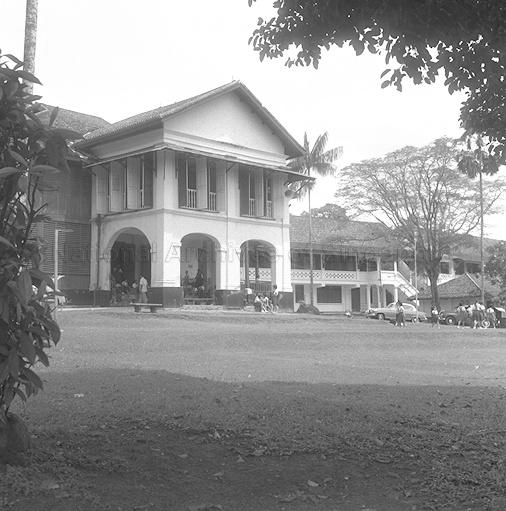 Photo of the school at Sophia Road, from NAS
Photo of the school at Sophia Road, from NAS
Its curriculum also evolved with the times and more academic subjects were introduced.
Elsie Thackrah, the principal from 1928 to 1930, set up a science laboratory in the school and began training the girls in fields such as business, nursing and teaching.
Eventually, the school also organised extra-curricular activities such as netball, swimming and the Girl Guides.
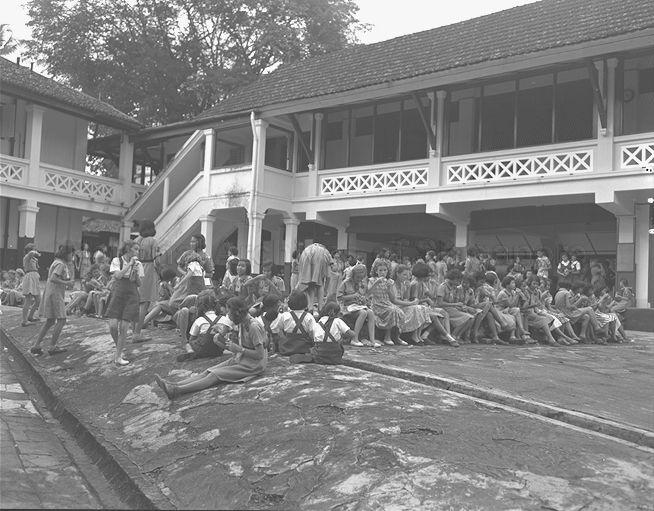 Photo from NAS
Photo from NAS
Girls' schools change mindsets
Other than St. Margaret's, early girls' schools in Singapore include Convent of the Holy Infant Jesus (1854), St. Anthony's Convent (1894) and Singapore Chinese Girls' School (1899).
During a time when girls' education was deemed unimportant, these girls' schools helped to change attitudes toward education and showed that it was equally beneficial to both boys and girls.
Top photo adapted from NAS.
If you like what you read, follow us on Facebook, Instagram, Twitter and Telegram to get the latest updates.
